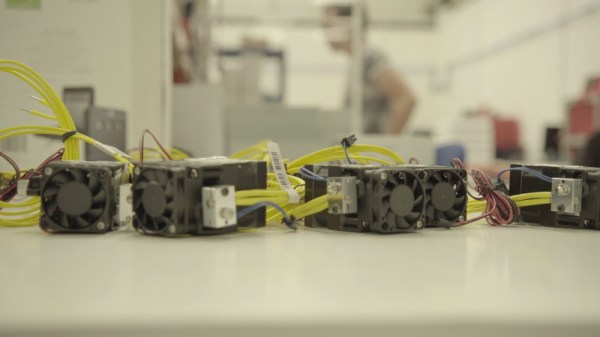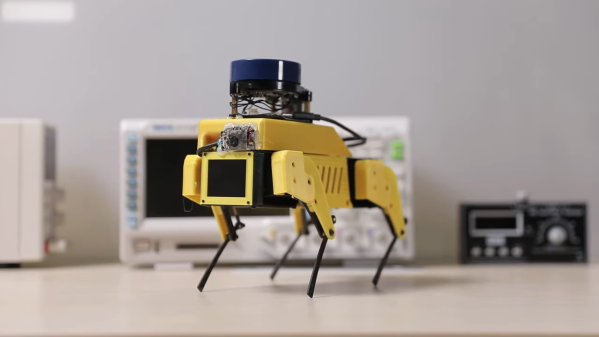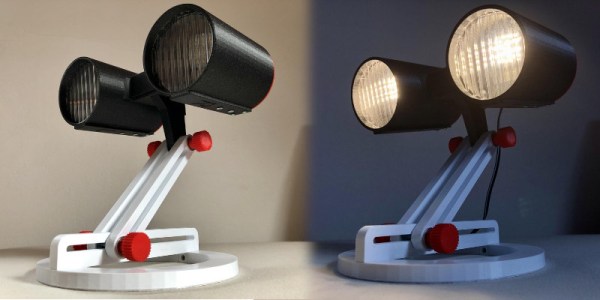The final entry round of the Hackaday Prize begins today, and the theme is… anything! While we’ve guided you through work-from-home, robots, displays, and supportive devices, there are countless great ideas that don’t fit in those boxes. So for this round, just show us what you got!
Entering the Reactive Wildcard round is easy. Publish a page about your project over on Hackaday.io and use the left sidebar “Submit-to” menu on that page to add it to the Hackaday prize. The point is to build a better future, and we can’t wait to see what you think that looks like. Need some inspiration? Check out the four challenge update videos below to see what others have been entering so far this year.
What’s at stake here? Ten entries in this round will each receive a cash prize of $500 and move onto the final round. There, they content with finalist from the other four rounds for the $25,000 Grand Prize, and four other top prizes. There is also the geek cred of making the finals, a priceless achievement, even if we do say so ourselves.
Continue reading “It’s Wildcard Time, Your Last Chance To Enter The Hackaday Prize!”


















